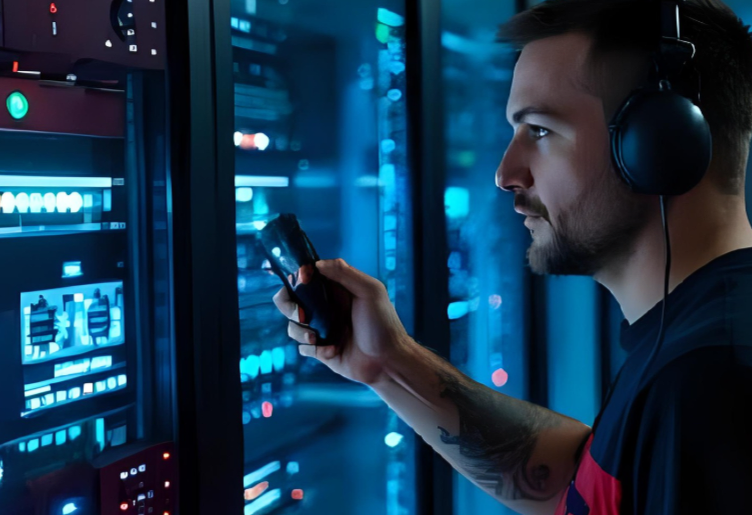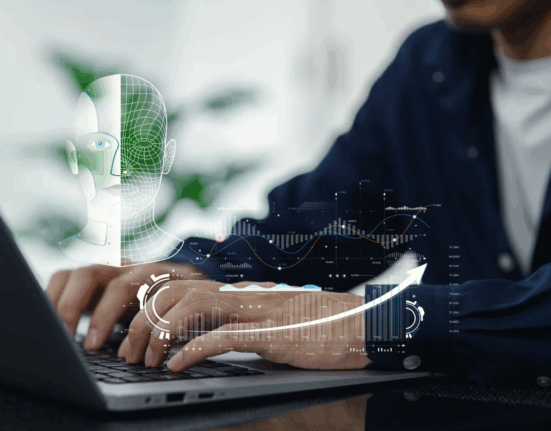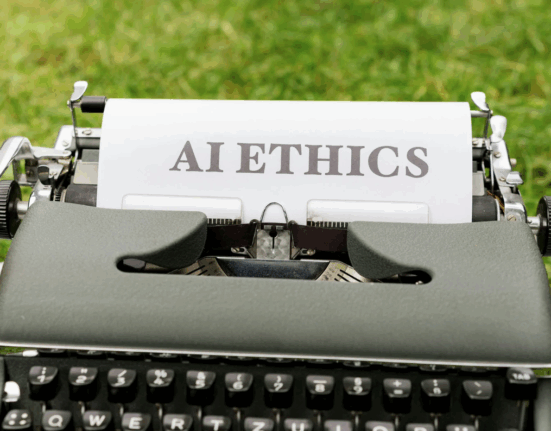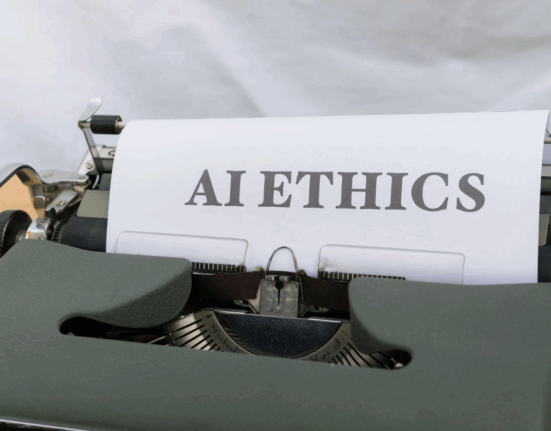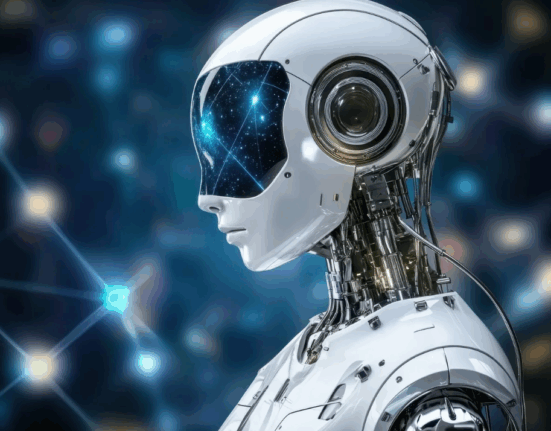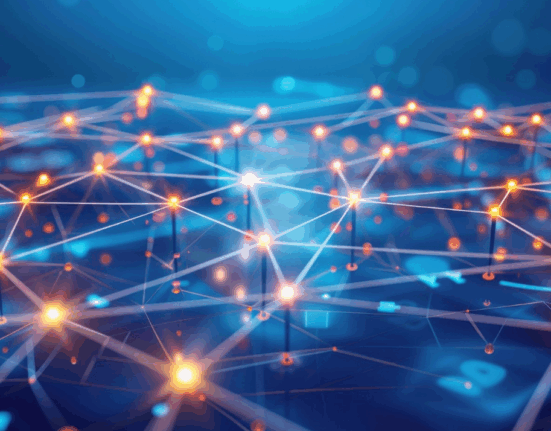Integrating real-time monitoring in legacy systems with computer vision is like giving old machines new eyes. These systems, once limited to static data and manual oversight, can now interpret visual information in real time—spotting issues, predicting failures, and improving efficiency. But how can you modernize decades-old systems using cutting-edge AI technology without starting from scratch?
Let’s explore how computer vision bridges the gap between old and new, creating smarter, more efficient, and proactive operations.
What Is Real-Time Monitoring in Legacy Systems?
Real-time monitoring refers to the continuous observation and analysis of data as events unfold. In legacy systems—older technologies still critical to daily operations—it means collecting insights without disrupting the existing infrastructure.
For decades, these systems relied on manual checks or delayed data uploads. Today, computer vision allows machines to “see” and process information instantly, automating what used to take hours or days.
How Computer Vision Enhances Legacy Systems
Computer vision converts camera feeds and visual data into actionable intelligence. When layered over legacy systems, it turns traditional machines into smart, responsive assets.
Think of it as upgrading an old car with a modern dashboard camera and AI assistant—it doesn’t change the engine, but it dramatically improves awareness and safety.
Key Benefits of Real-Time Computer Vision Integration
1. Proactive Issue Detection
Computer vision helps detect anomalies before they cause system failures. Cameras can spot overheating equipment, leaks, or production line inconsistencies long before human operators can.
2. Reduced Downtime
By continuously analyzing live video data, AI models alert technicians instantly. This allows for maintenance during low-impact hours, preventing costly shutdowns.
3. Improved Safety Monitoring
In manufacturing or energy plants, computer vision systems identify unsafe behaviors, missing protective gear, or restricted area violations in real time.
4. Enhanced Productivity
Automated tracking of workflows and personnel performance allows managers to pinpoint inefficiencies quickly—boosting overall operational output.
5. Cost Efficiency Without Full System Replacement
Instead of replacing expensive legacy infrastructure, adding computer vision acts as an overlay—extending lifespan while introducing modern functionality.
Challenges of Integrating Computer Vision in Legacy Systems
Bringing AI to old frameworks isn’t without its hurdles.
1. Compatibility Issues
Legacy systems often use outdated communication protocols. Bridging modern AI software requires middleware that can translate between old and new data formats.
2. Data Latency
Older networks can’t always handle real-time video transmission. Optimization, edge computing, or localized AI inference helps reduce delay.
3. Limited Processing Power
Legacy machines weren’t designed for complex computations. Offloading AI workloads to cloud or edge processors ensures smooth operation.
4. Security Concerns
Adding cameras and network connections introduces new vulnerabilities. Encryption and proper access controls are essential for protecting sensitive data.
Bridging the Gap: Tools and Technologies
To make real-time monitoring in legacy systems possible, organizations rely on a combination of modern hardware and software.
Computer Vision APIs and Frameworks
Open-source libraries like OpenCV, TensorFlow, and PyTorch allow developers to build flexible vision models tailored to specific needs.
Edge Devices
Compact devices like NVIDIA Jetson or Intel Movidius process video locally, reducing dependency on external servers and latency.
IoT Gateways
These serve as translators between analog equipment and digital systems, enabling smooth communication and data transfer.
Middleware Integration
Custom middleware acts as a digital bridge, allowing computer vision outputs to feed directly into SCADA or MES systems used in legacy setups.
Use Cases Across Industries
Manufacturing
Factories use computer vision to inspect parts, monitor assembly lines, and predict maintenance schedules—all without halting production.
Energy and Utilities
AI-enabled cameras detect pipeline leaks, corrosion, and unauthorized site access in real time.
Healthcare
Legacy imaging systems can gain new life through AI analysis—improving diagnosis accuracy while reducing manual workloads.
Transportation
Cameras integrated into older traffic systems enhance monitoring accuracy and reduce congestion with real-time decision-making.
Step-by-Step Implementation Strategy
Upgrading legacy systems doesn’t have to be overwhelming. Here’s a structured approach:
1. Assess Existing Infrastructure
Map out current hardware, data flow, and performance limitations. Understanding what you have helps define what’s possible.
2. Define Clear Objectives
Decide whether you want predictive maintenance, quality inspection, or safety analytics. Focused goals lead to efficient implementation.
3. Select the Right Vision Tools
Choose computer vision solutions compatible with your operating systems and protocols.
4. Pilot a Small-Scale Deployment
Start with one system or department. Monitor performance, accuracy, and compatibility before scaling across the organization.
5. Train and Calibrate AI Models
Feed the system with visual datasets relevant to your environment—ensuring accurate recognition and minimal false alerts.
6. Scale and Monitor
Once validated, expand system-wide while continuously fine-tuning models for improved performance and reduced bias.
The Role of AI and Machine Learning
Computer vision relies on machine learning algorithms to detect patterns and predict events. Over time, these systems learn from new data, becoming smarter and more accurate.
For instance, if a legacy turbine shows signs of vibration before failure, the AI model eventually recognizes this as an early warning signal—reducing downtime dramatically.
Data Privacy and Compliance
Adding cameras introduces privacy considerations. Companies must comply with data protection regulations like GDPR or CCPA. Masking identities, restricting access, and anonymizing stored footage are vital safeguards.
Future Trends in Legacy System Monitoring
1. Edge AI Expansion
As edge processors become more powerful, computer vision models will handle increasingly complex tasks locally.
2. Predictive Maintenance Evolution
Systems won’t just react—they’ll anticipate issues days or weeks before they occur, based on visual data trends.
3. Integration with Digital Twins
Computer vision data will feed into virtual replicas of systems, allowing for simulation and optimization in real time.
4. Multi-Sensor Fusion
Combining computer vision with infrared, sound, or pressure sensors will create a 360-degree view of operations.
Real-World Example: Reviving a Power Plant’s Monitoring System
A 1980s power plant integrated computer vision into its turbine monitoring process. Instead of replacing analog gauges, cameras captured readings, and AI models interpreted them in real time. The result?
- 30% reduction in downtime
- 40% faster fault detection
- A completely modernized workflow without replacing core infrastructure
Why Computer Vision Is the Future for Legacy Systems
Upgrading legacy systems with computer vision isn’t just a tech upgrade—it’s a strategic evolution. It enables organizations to remain competitive without the massive expense of total replacement.
By fusing real-time monitoring with AI-driven visual analytics, businesses unlock efficiency, insight, and safety once thought impossible for older systems.
Conclusion
Integrating real-time monitoring in legacy systems with computer vision represents a perfect blend of preservation and innovation. Rather than discarding valuable infrastructure, organizations can rejuvenate it—making it intelligent, adaptive, and forward-looking.
This transformation not only enhances operational visibility but also paves the way for predictive insights, sustainable efficiency, and technological longevity.
Images
- Image 1: Technicians using AI dashboards to oversee industrial equipment (alt: real-time monitoring legacy systems dashboard)
- Image 2: Camera analyzing machinery on production line (alt: computer vision integration in legacy systems)
FAQ
1. How does computer vision modernize legacy systems?
It overlays AI-powered cameras and analytics onto existing setups, enabling real-time data processing without replacing old equipment.
2. What industries benefit most from real-time computer vision monitoring?
Manufacturing, energy, healthcare, and transportation see the greatest improvements in efficiency and safety.
3. Is it expensive to integrate computer vision into legacy systems?
Not necessarily. Edge devices and open-source tools make it affordable compared to full infrastructure overhauls.
4. How does computer vision improve system safety?
It detects unsafe behaviors, equipment malfunctions, and environmental hazards in real time—alerting operators instantly.
5. What’s the biggest challenge in upgrading legacy systems with AI?
Compatibility between old protocols and modern data formats can be tricky, but middleware solutions and IoT gateways bridge the gap effectively.


